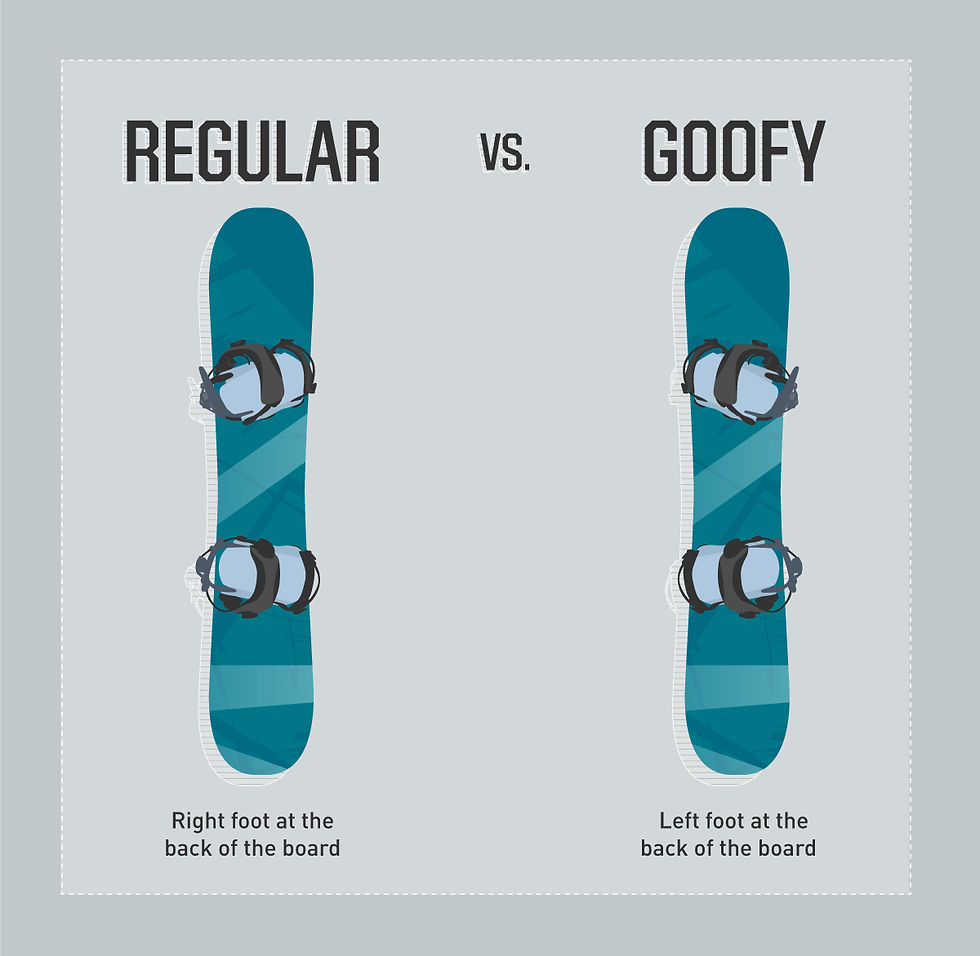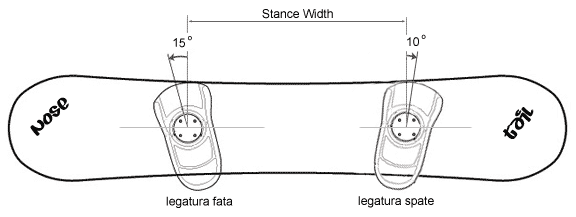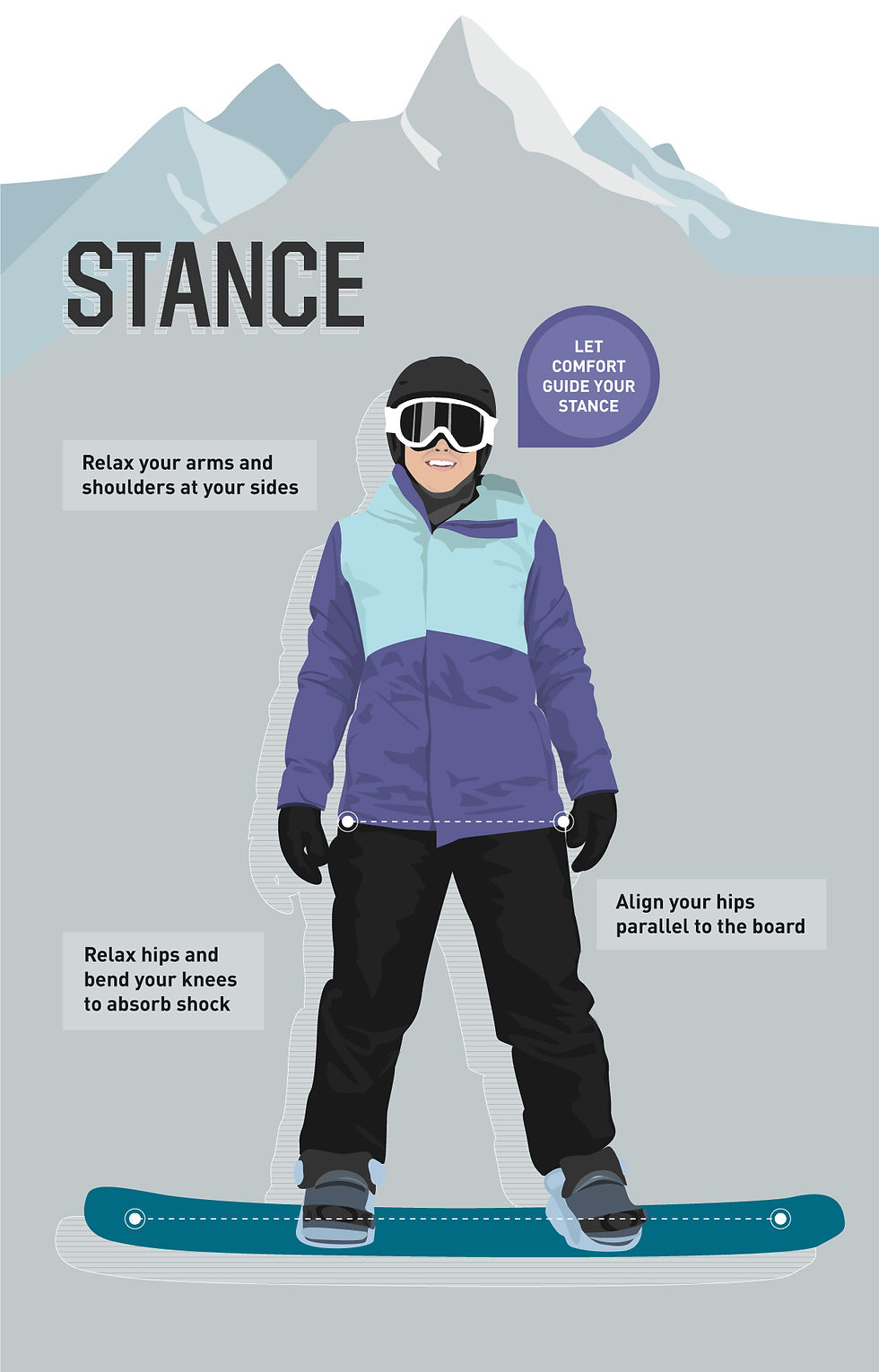Mastering the Basics: The Art of Stance and Balance in Snowboarding
- Yuheng Wu
- Dec 3, 2023
- 2 min read
Introduction
Welcome to the exhilarating world of snowboarding! Whether you’re a seasoned snowboarder or just strapping on your board for the first time, understanding the fundamentals of stance and balance is crucial. In this blog, we’ll dive into why mastering your stance and balance is the cornerstone of your snowboarding journey and provide tips to improve your skills. In this video, you can learn more about stance and balance.
The Importance of Stance and Balance
Your stance on a snowboard is more than just standing on a board; it’s about creating a foundation for every move you make. A good stance ensures you have control, stability, and the ability to react to the snow and terrain effectively. Balance, on the other hand, is the key to executing maneuvers and maintaining control, especially when the mountain throws unexpected challenges your way.
Finding Your Stance
1.Regular or Goofy: First, determine whether you’re regular (left foot forward) or goofy (right foot forward). An easy way to find out is to think about which foot you naturally put forward when sliding on a slippery surface.

2.Stance Width: Your feet should be just over shoulder-width apart. This width offers a good balance between stability and mobility. Adjust as necessary for comfort and control.

3.Binding Angles: Set your bindings to angles that are comfortable for your knees and ankles. Beginners often start with a slightly forward stance, with both feet pointing towards the front of the board.

4.Knees Slightly Bent: Locking your knees is a no-go. Keep them slightly bent to absorb shocks and maintain balance.
The Art of Balancing
Centered Weight: Keep your weight centered over the board. Leaning too far forward or back can cause you to lose control.
Head Up, Shoulders Aligned: Look in the direction you’re going, not at your feet. Keep your shoulders aligned with your board to maintain balance.
Arm Position: Keep your arms out to your sides, using them for balance, but avoid flailing. Your arms should be relaxed but ready to adjust for balance.
Practicing Balance
Flat Ground Exercises: Practice standing on your board on flat ground. Shift your weight from your heels to your toes and back to get a feel for the board’s response.
One-Footed Drills: While stationary, lift one foot off the board and balance on the other. This helps in developing balance and understanding weight distribution.
Small Slopes: Start on a gentle slope and practice shifting your weight while moving slowly. Focus on maintaining a stable stance as you glide.

Conclusion
Remember, like any skill, stance and balance in snowboarding take time and practice to perfect. Be patient with yourself and practice regularly. Your stance and balance are the foundation upon which all other snowboarding skills are built. Master these, and you’re well on your way to a fulfilling snowboarding adventure. Happy shredding! 🏂






Nice article, waiting for your another :)